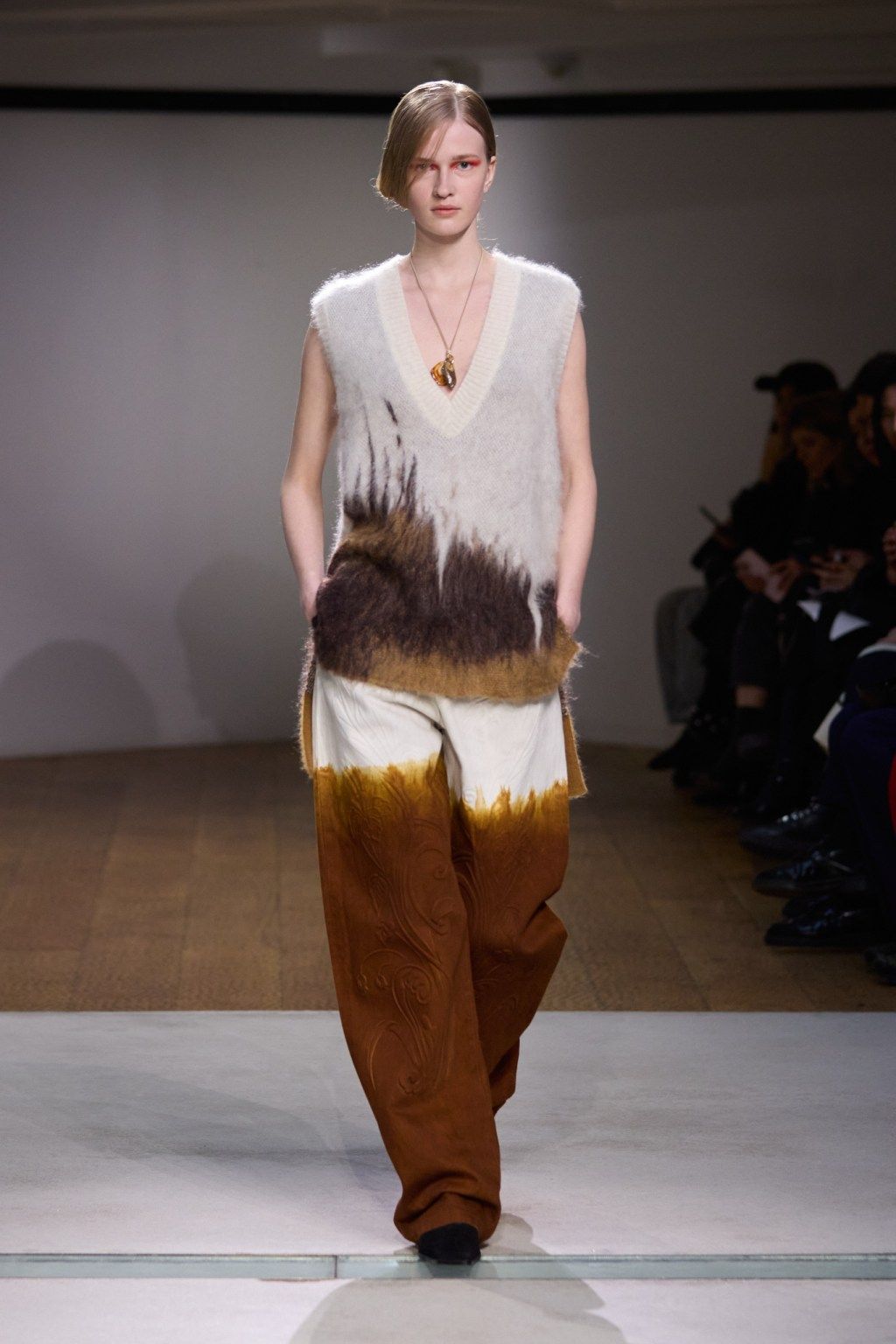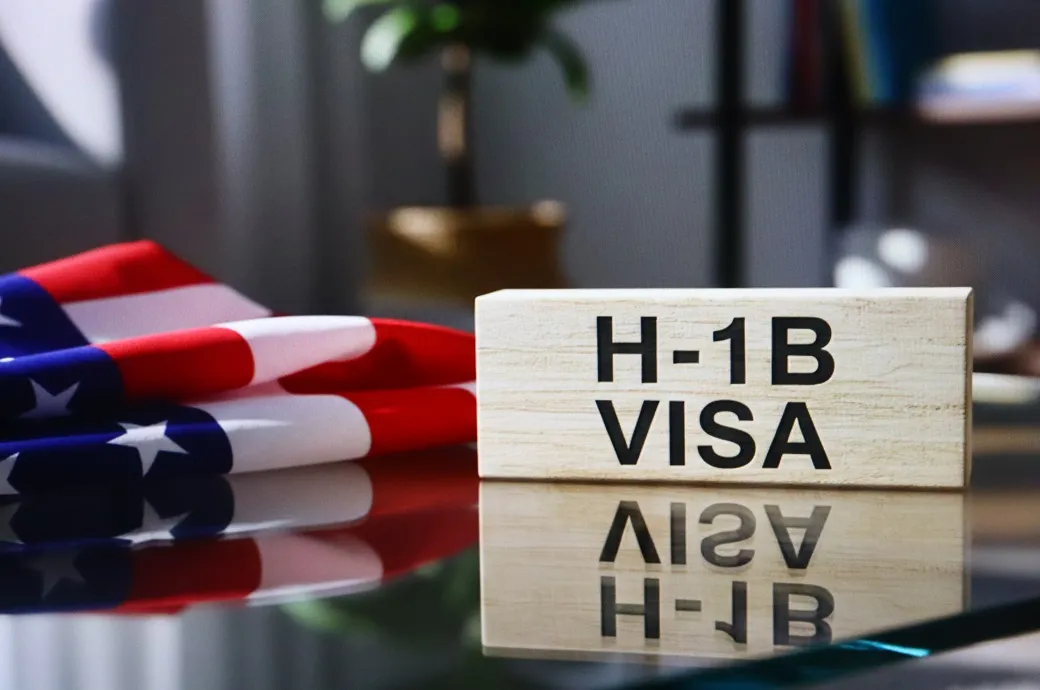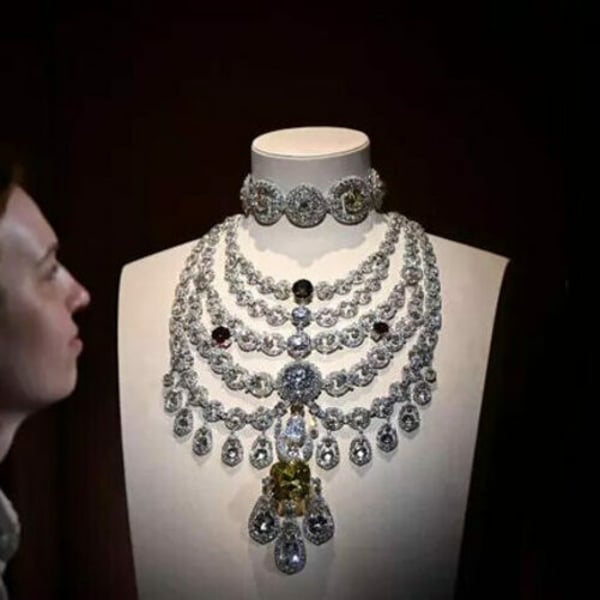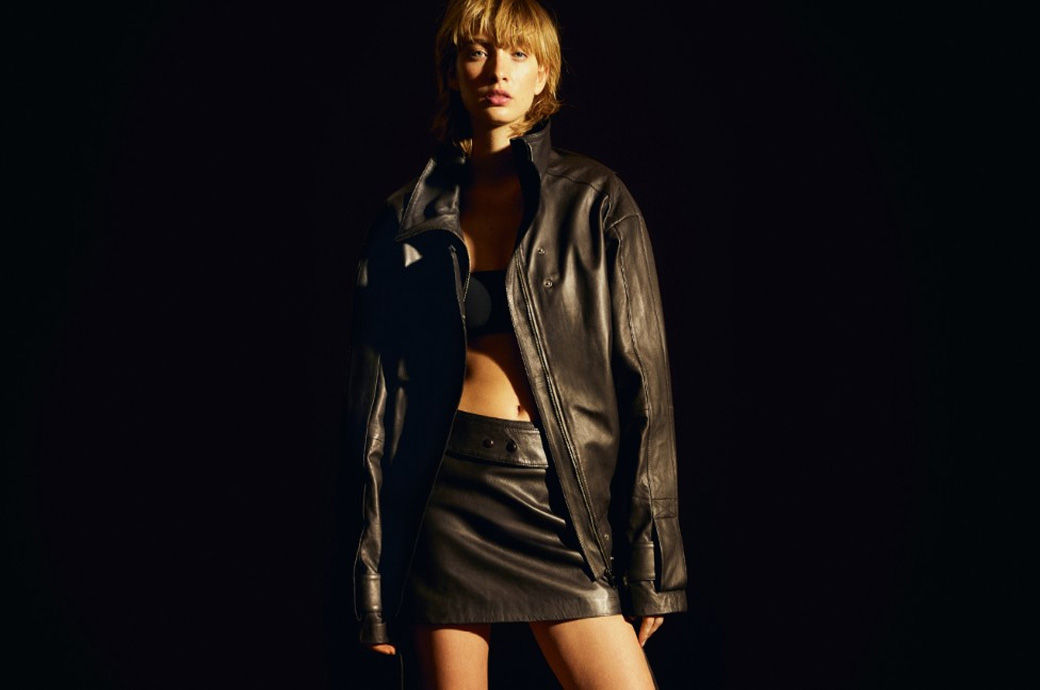When picking it up last season, designer Maiko Kurogouchi once again extracted the ceramic repertoire of Japan for the reasons and palette of his autumn collection.
This time it was the earth tones and the hand -carved textures of the “old karatsu” of the 16th century that shape a line of silk dresses, a variety of knitted fabrics, carefully made jackets and pleasant cocoon coats.
Listening to her explain the process and flipping through behind-the-scenes footage captured at workshops across Japan was, as always, fascinating.
Case in point: He explained that the crackle pattern on a flowing silk shirt had been obtained through a Batik-like technique. An eco-friendly alternative to wax was sticky rice paste, the kind you might use for the mochi served at their show.
As a whole, the alignment of Kurogouchi oscillated between the minimalist and the luxurious and the type of food of the inhabitants of an art gallery, without any affected intellectualism.
Enamel-inspired gradient dyes gave alpaca fabrics or thermally printed jeans a worn-in look. The floral jacquards of the drape dresses replied the tiny motifs that spiral in the dishes, which were exhibited in Ogata, an exclusive Japanese restaurant in the Marais, where the show was carried out.
Kurogouchi said an intimate venue that allowed him to showcase the crafts from which his work emerges was an integral part of his brand, but also helped ensure these ancient techniques were preserved for future generations.
That is also why the brand has changed its commercial calendar. For the market, he now sells during pre-collection dates in June and January, to give artisans Kurogouchi works with the longest possible lead time. But the collections are also built around the continuous use of these techniques, rather than the highlights of a season.
It may sound like a gamble, but Kurogouchi is a firm believer that slow and steady wins the race.
For more Paris Fashion Week reviews, click here.












